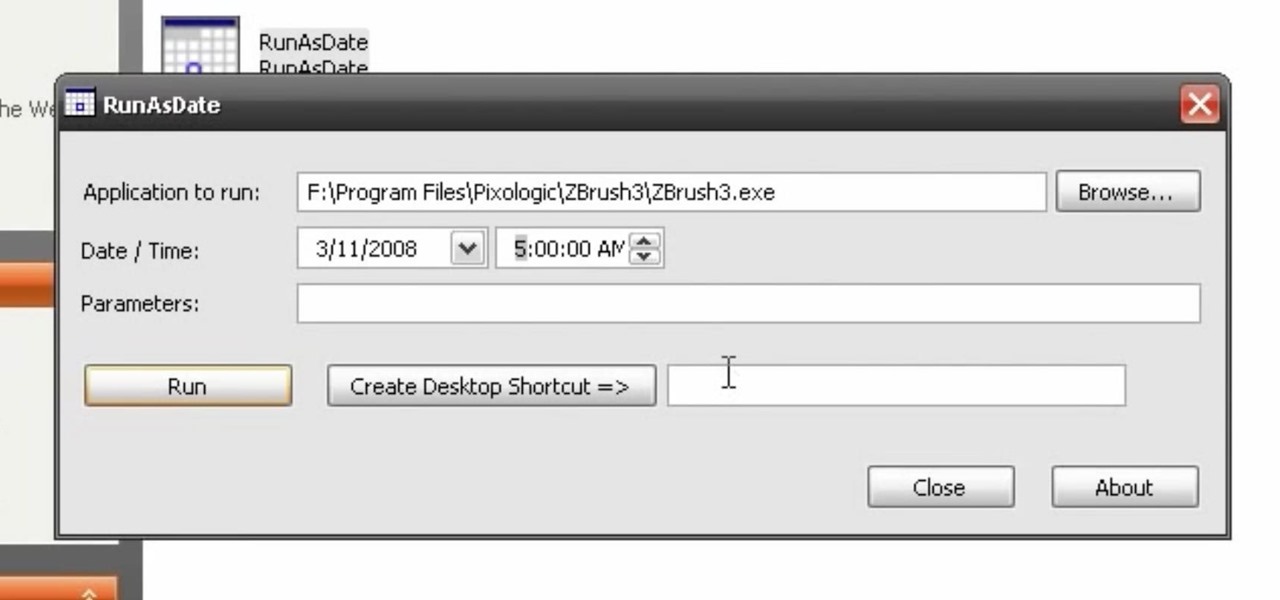Conax Hack
Posted By admin On 22/05/18Conax keys, Conax key or Satellite CONAX KEYS. Satellite Keys updated every day. Mar 20, 2009 Digital TV Converter Hack kipkay. Unsubscribe from kipkay? Amazing Bluetooth Hack!.
Notorious hacker Chris Tarnovsky opens his underground laboratory to WIRED, providing a peek into the world of satellite television smart-card hacking. This complicated process involves nail polish, a pin head and various acids -- so don't try this at home (unless you're Chris Tarnovsky)! Dateutil Python 2.7 Windows Installer. Chances are you won't even know what's going on here, but that's not going to stop you from watching this video tutorial on how to reverse-engineer a satellite TV smart card, is it? He uses acetone to strip the chips.

He also uses hydrochloric acid to reveal the chip. He burns a hole through the second layer of metal on the smart card. He then uses a micropositioner and a sewing needle to open the data bus and access the control line. 'Well once the expert hacker figures out the chip using these methods it can be reverse engineered with software. Software anyone could use on one of the many FTA boxes out there. Perhaps soon the 'new' Niagra 3 cards will be reverse engineered.:)' did you watch the video?
F cards were first. H cards came after. Hu was introduced to phase out the h card. Black Sunday hit look it up if you don't know about black Sunday. H cards were bricked and people still get them working.
The hu was king. Businesseswere making money hand over fist selling glitches monthly updates. Canadians were a huge customers as direct tv could not sell the service in Canada people waited a long time for some hacker to fix that. The story said he used to be a hacker and direct tv hired him. He helped design the hu replacement which was the p5.
To my knowledge the method in the video is the only way to get into those cards. My point in all of this is that guy is 'they' he was the best ever. I believe he was the one that put out the glitch for th hu.
He was the bes, he knew the bes. The hackers you are waiting for have already been beat. Direct tv raided hardware sights that had to do with smart card programming equipment., which is legal. Directv filed mass lawsuits against anyone they could i dentify as purchasing equipment from the sites they raided. Even if i am wrong and they could crack all the card, why? Everything on theinternet is basically free.why risk jail time?
Over the last couple of days a small furore has erupted a News Corp subsidiary,, has been hacking the pay-TV smartcards of News Corp’s competitors, and even News Corp’s own companies – allegations that NDS. I’m not going to speculate on the reasons why a supplier of – the technology that allows paid-TV providers to restrict access to their broadcasts – would want to undermine the security of their own product; but I am going to discuss how such systems work, and how secure they are. A Conditional Access Module (CAM) is a combination of encryption keys, smartcards and electronics and computer code inside a satellite or cable-TV receiver (or “decoder”). The pay-TV provider encrypts the digital signal sent to the subscriber with an encryption key. The subscriber plugs a smartcard into his/her decoder, which decrypts the signal so programs and films can be displayed on the screen. Some decoders have the smartcard built-in already, so there is no external slot.
The is a plastic card with a chip - much like a modern credit card. You can see electrical contacts on the chip. When the card is inserted, the chip is plugged into the decoder, allowing the CAM to get the decryption key. Other information is also stored on the chip – subscriber ID, subscription details, billing details, censorship filters and so on. We don’t really know what’s there unless we hack into the chip, because it’s all kept secret. Each chip will have it’s own non-volatile memory (requires no battery), computer programs and a small (CPU). The security of the system depends on a few things: • secrecy of the encryption algorithm • secrecy of the keys • secrecy of the hardware.
So let’s start with the. An algorithm is a recipe for doing something – in this case, for scrambling and descrambling the digital signal.
Some CAM providers write their own algorithm, and depend on it remaining a secret. That’s a bit like hiding your door key inside a brick or under a flower pot – once the secret (that the key is in the brick) is discovered, you have no security.